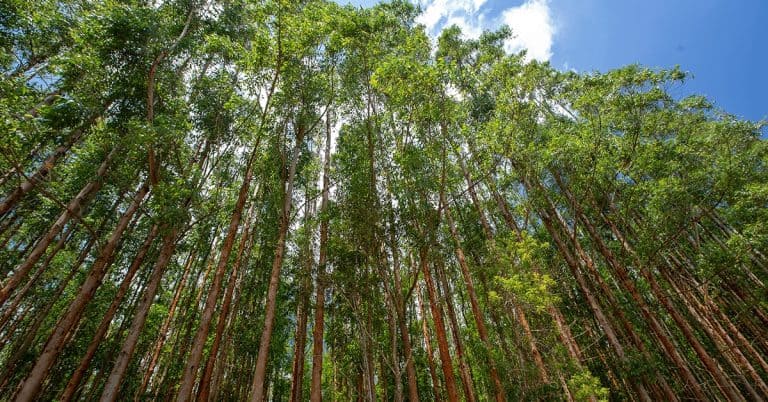Carbon capture and storage (CCS) is the process of capturing carbon dioxide (CO2) emitted from power plants, factories, and other industrial processes, and storing it underground or using it in various industrial applications. While CCS has the potential to significantly reduce greenhouse gas emissions and mitigate climate change, it also has its drawbacks. Take a dive in both the pros and cons of carbon capture and storage and have balanced analysis of the technology!
Carbon capture and storage: a potential solution with pros and cons
Carbon capture and storage (CCS) has been hailed as a promising solution to help reduce greenhouse gas emissions and mitigate climate change. However, like any other technology, it has its pros and cons. Let’s take a look at some of the main advantages and challenges of this technology.
– Pros
– Reduced Carbon Dioxide Emissions
The primary benefit of CCS is that it reduces carbon dioxide emissions. These emissions are responsible for a significant portion of global warming and climate change. By capturing and storing carbon dioxide, we can reduce the amount of greenhouse gases in the atmosphere, thereby mitigating the impacts of climate change.
– Energy Security
CCS can also help to improve our energy security. As we transition away from fossil fuels, we need to find new sources of energy that are reliable and affordable. CCS can help to make renewable energy sources, such as wind and solar, more reliable by providing a backup source of energy when these sources are not available.
– Job Creation
The deployment of CCS technologies can lead to job creation in areas such as construction, engineering, and maintenance. This can benefit local communities and help to revitalize local economies.
– Cons
– High Costs
One of the major drawbacks of CCS is that is still has a relatively high cost. The technology requires significant investments in research, development, and infrastructure, which can be prohibitively expensive. Thus, research neeeds to be further developed to help reduce such costs.
– Energy Intensive
Some CCS technologies can also be an energy-intensive process. It requires a significant amount of energy to capture carbon dioxide and transport it to storage facilities. For that reason, there has to be a thorough planning and selection of the adequate technology to mitigate this con.
– Environmental Risks
Carbon capture and storage involves the injection of carbon dioxide into geological formations. While this can be an effective method for storing carbon dioxide, it also poses environmental risks, such as leakage or seepage into groundwater or the atmosphere. For this reason, technologies like Enhanced Rock Weathering (ERW) can be applied to reduce this risks, as they are safer and with less damage likelihood.
– Limited Scale
CCS is currently only being used on a limited scale. This is due to the high costs, technical challenges, and regulatory hurdles associated with the technology. As a result, CCS may not be a silver bullet solution for addressing climate change. Nevertheless, with further improvements brought by new developments in research, this challenge can be overcome.
Carbon capture and storage has the potential to be a key tool in mitigating climate change and for this is imperative to overcome its challenges
In conclusion, carbon capture and storage is a promising technology for mitigating greenhouse gas emissions and climate change. However, it also has its drawbacks, including high costs, energy intensity, environmental risks, and limited scale.
While policymakers and industry leaders continue to explore the potential of CCS, it is important to consider these pros and cons and weigh the benefits against the costs. Ultimately, the success of CCS will depend not only on its technical feasibility but also its economic viability and social acceptance.

